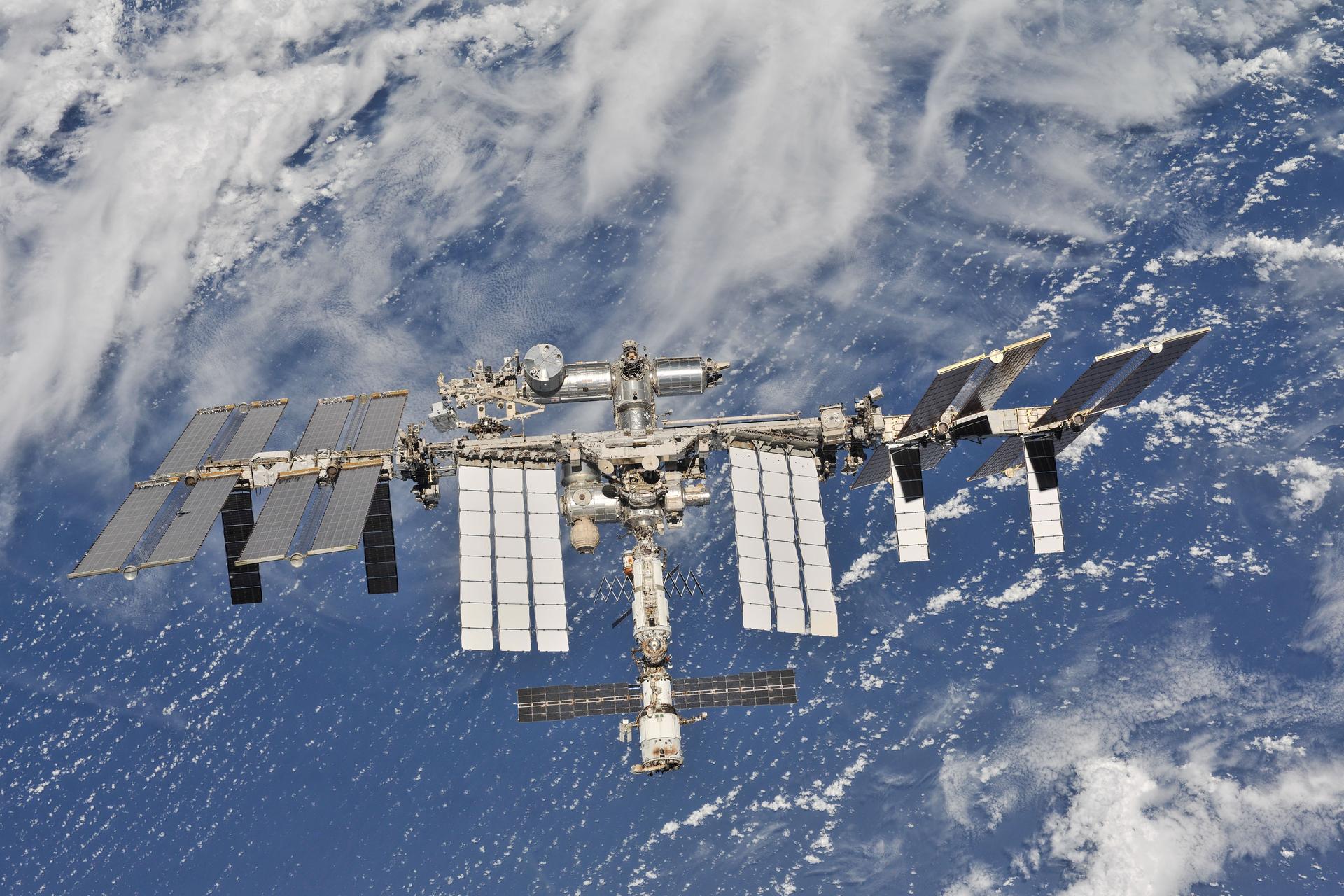This will be a direct contact via amateur radio between students at the Carl Fuhlrott-Gymnasium Wuppertal and Astronaut Akihiko Hoshide, amateur radio call sign KE5DNI. Students will take turns asking their questions. Appropriate local Covid-19 protocols are adhered to as applicable for each ARISS contact.
The ARISS radio contact is scheduled for Monday August 23, 2021 at 9:54 CEST (Wuppertal, DE), (7:54 UTC). The downlink frequency for this contact is 145.800 MHz and may be heard by listeners in Europe that are within the ISS-footprint. Amateur radio operators, using the call sign DN1CFG will operate the ham radio ground station for this contact.
School Information
Carl-Fuhlrott-Gymnasium (CFG) with students ages 10-19 years provides curricula leading to the Abitur, an exam which entitles their students to study any subject at any university. CFG is a certified European School and also certified as a MINT (STEM equivalent) excellence center. Their MINT/STEM curriculum includes courses in Astronomy and collaborates with Bergische Universität to provide astronomy training for students and teachers. Students´ extracurricular activities include using the school´s onsite astronomical observatory that has six telescopes (Celestron C11) and one Planewave CDK20. Amateur radio is also part of student activities with an on site amateur radio station and planned activities that would involve studies in radio astronomy and software defined radio. Students have participated in the launching and radio tracking of a high-altitude balloon flight and have used that experience to prepare for this ARISS contact.
As time allows, students will ask these questions:
1. How do you like being in space and what do you do all day?
2. How do you brush your teeth up there? Can you take a shower?
3. Do you live sustainably on the ISS?
4. What do you do in your free time? I hope you have some at all.
5. Do astronauts have privacy? How do you manage living with so many astronauts in a confined space?
6. Does zero gravity and the remoteness of the station have any effects on your psyche?
7. Are there any implicit rules among the astronauts and cosmonauts on the ISS?
8. Did you take any personal items with you to remind you of your expedition?
9. Where does the oxygen on the ISS come from? Is the photobioreactor experiment using algae still working and which usage could it have?
10. How does an EVA-activity feel?
11. Have you ever experienced/seen anything that you could not explain scientifically?
12. At our observatory, we have observed several exoplanets with the transition method. Do you also have experiments on sky observation on the ISS? Maybe even exoplanets?
13. How optimistic are you while searching for black matter?
14. How does zero gravity influence muscle building and muscle loss during and after your mission? Could you help influence this with muscle building drugs?
15. Sufficient sleep forms the basis for an effective muscle build-up. Is it therefore necessary to prepare yourselves for sleeping in the Space station or do you need to get used to the conditions first to get a restful sleep?
16. What do you think of private companies building rockets for manned space flight instead of the national space agencies?
17. Do you think it will be possible to live on Mars or on other planets until 2050, as Elon Musk plans to?
18. Is CIMON-2 still with you on the ISS? What would you like a robot companion do for you?
19. What are the advantages of cancer research in space? Are there already any benefits for patients on Earth?
Quelle: Gaston Bertels, ON4WF
